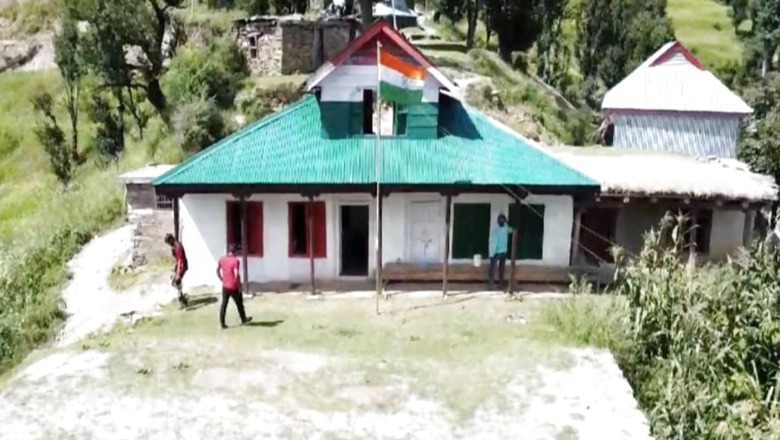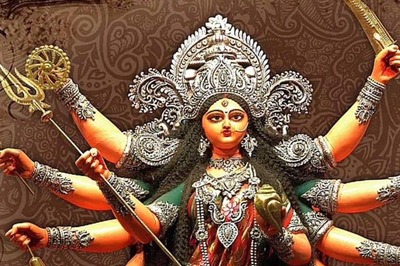
views
In the heart of Jammu’s Poonch district, the remote village of Topa Pir is undergoing a remarkable transformation. Once isolated and struggling for basic necessities, this community has seen significant improvements since the Indian Army adopted it just nine months ago. A newly paved road now connects them to essential services, bringing hope in the form of water, healthcare, and education.
Indian Army adopted Topa Pir which is in the Bufliaz block of the Poonch district after a terrorist attack in the close vicinity of the village. The incident led to the death of four jawans. To enhance community outreach and ensure safety, the first priority was improving road connectivity. Hence, the work for the approach road was started initially. Following this initial step, the local Rashtriya Rifles unit implemented various projects, including upgrading the dispensary, improving water availability, and assisting villagers with their daily needs.
“They’ve upgraded our school and dispensary, installed solar lighting, and there are plans for a community hall. Unlike politicians who make empty promises during elections, the Army has delivered tangible results. The officers have become our friends, checking on us regularly and treating us like family,” explained Noor Ahmad, who lives in the village.
Topa Pir is situated about 2-3 kilometres before reaching Dera Ki Gali (DKG), a mountaintop location in Poonch district. The main route from Bufliaz to Dera Ki Gali, part of the old Mughal Road, once an unpaved track, is currently being upgraded to a proper road. The village access road branches off this main route, extending about 1.5 kilometres to the right. While the main road upgrade is ongoing, the Indian Army has also improved this village access road, making it navigable. Construction work continues on both roads.
The village comprises 61 households. During winter, some residents have alternative living arrangements, but others become isolated or with limited reach from the mainland. This winter isolation period is particularly challenging for those who remain. However, with proper road connectivity, things are expected to get better.
“Our village was once so secluded; it was like we didn’t exist to the outside world. Medical emergencies were dire—we’d carry patients on cots, and sadly, many didn’t survive the journey to the hospital. But now, things are looking up. We’re seeing medical and veterinary camps right here in our village. The Army has distributed their contact numbers to every household, and we can reach out to them whenever we need. It’s a welcome change that’s making a real difference in our lives,” mentioned Azmat Ali, another resident of the village.
The Indian Army’s initiatives in the village extend beyond infrastructure development to promoting education. The efforts are inspiring the local youth to pursue higher goals, including preparation for state service exams. Shazia exemplifies this progress—she commutes 8 km daily for her advanced studies, supported by a scholarship she received.
As the Army continues its work to enhance the villagers’ quality of life, there’s a growing sense of civic engagement among residents. They’re eagerly anticipating the upcoming elections, curious to see how the candidates’ promises will align with the positive changes they’ve already experienced. This blend of military-led development and democratic participation is fostering a new sense of optimism in the community.




















Comments
0 comment